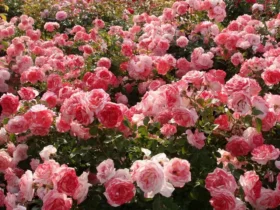In gardens and landscapes around the world, the Oleander flower stands tall and proud, showcasing its stunning blooms and filling the air with its sweet fragrance. With its vibrant colors, elegant form, and remarkable resilience, the Oleander (Nerium oleander) has captivated gardeners and admirers for centuries. In this article, we will explore the enchanting world of the Oleander flower, delving into its appearance, symbolism, growing conditions, and the precautions needed when cultivating this remarkable plant.
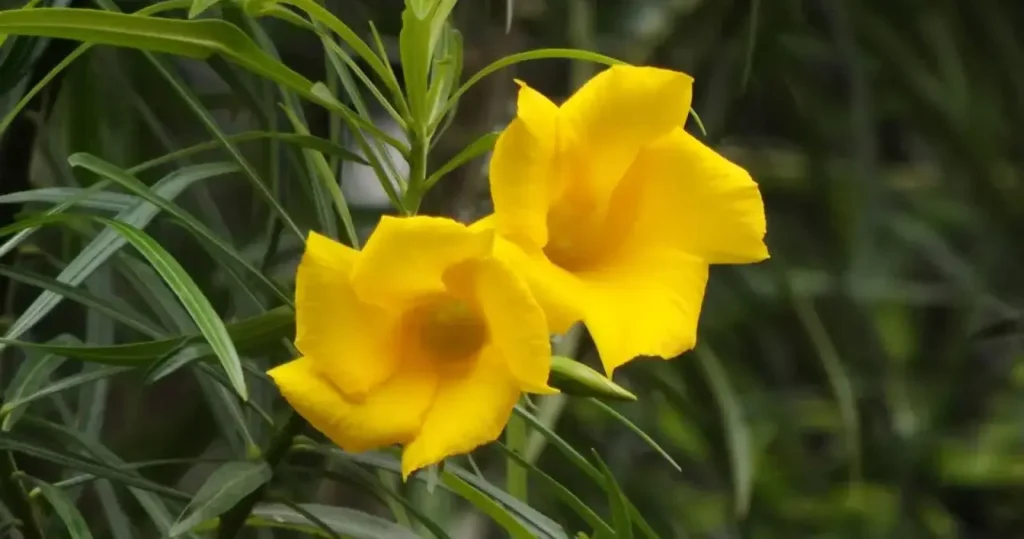
Appearance and Colors
The Oleander is a woody shrub known for its clusters of showy flowers. Its blossoms come in a variety of colors, including shades of pink, red, white, and yellow. The blooms are typically funnel-shaped with five petals and a prominent cluster of stamens at the center. The glossy, lance-shaped leaves provide an attractive backdrop to the striking flowers. While the flowers are undoubtedly the star of the show, the entire plant exudes an air of elegance and beauty.
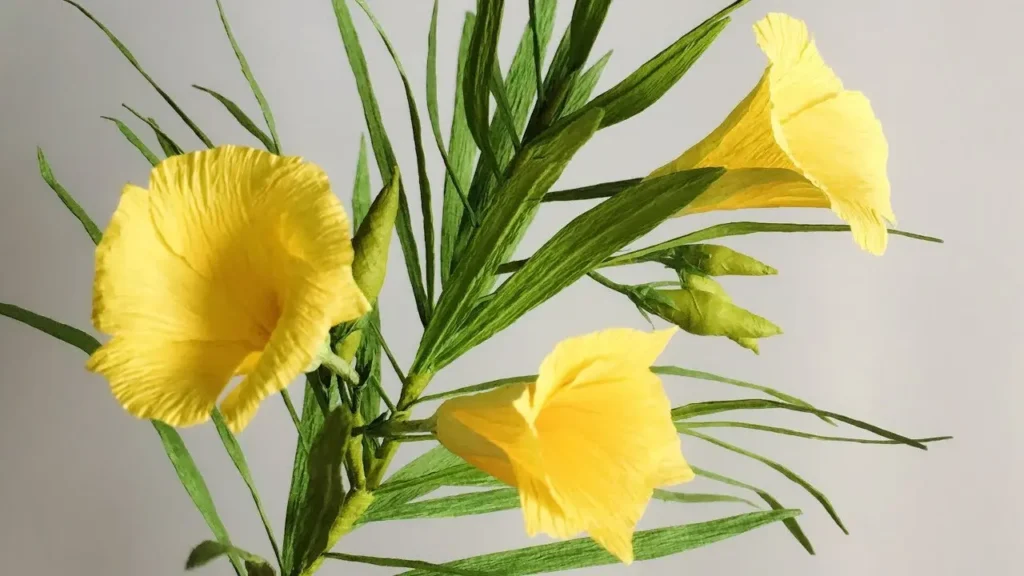
Symbolism and Cultural Significance
Throughout history, the Oleander flower has held symbolic meanings across different cultures. In many Mediterranean regions, it is associated with beauty, grace, and strength. In Victorian times, the Oleander was considered a symbol of caution and warning due to its toxic properties. Its resilient nature has also made it a symbol of survival and endurance in the face of challenging conditions. Today, it continues to inspire and symbolize various emotions and characteristics, depending on cultural interpretations.
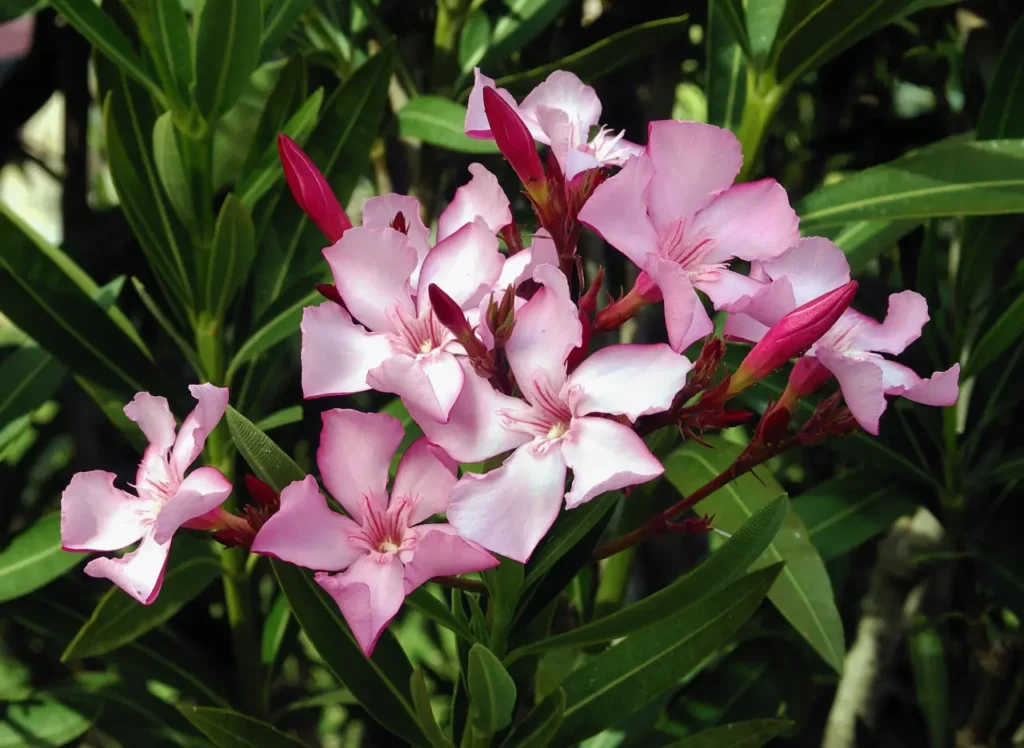
Growing Conditions and Care
Oleanders are native to the Mediterranean region, and they thrive in warm and sunny climates. They are known for their exceptional tolerance to heat, drought, and poor soil conditions, making them a popular choice for gardens in arid and coastal regions. They prefer well-draining soil and should be planted in a location that receives at least six hours of direct sunlight each day. Once established, Oleanders require minimal maintenance, making them a low-maintenance addition to the landscape.
Precautions and Toxicity
While Oleanders are prized for their beauty, it is essential to be aware of their toxic nature. The plant contains potent toxins, including cardiac glycosides, which can be harmful or even fatal if ingested by humans or animals. It is advised to handle Oleanders with caution, wearing gloves and taking care not to touch the sap or other plant parts. Additionally, caution should be exercised when planting Oleanders near areas frequented by children or pets.
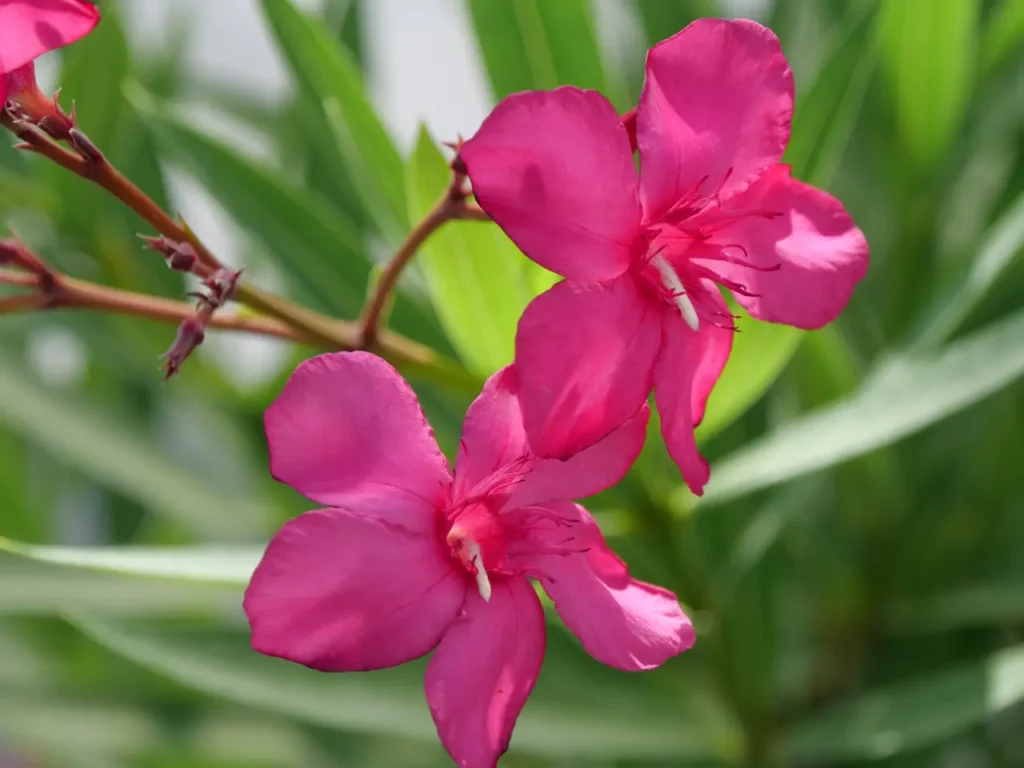
Landscaping and Versatility
The Oleander’s beauty and resilience make it a versatile choice for landscaping purposes. Its tall, upright growth habit lends itself well to hedges, screens, or as a standalone ornamental shrub. Pruning can be done to shape the plant or control its size. Oleanders can also be grown in containers, adding a splash of color to patios or balconies. With careful planning and consideration of its toxic nature, Oleanders can create stunning focal points in a variety of garden styles.
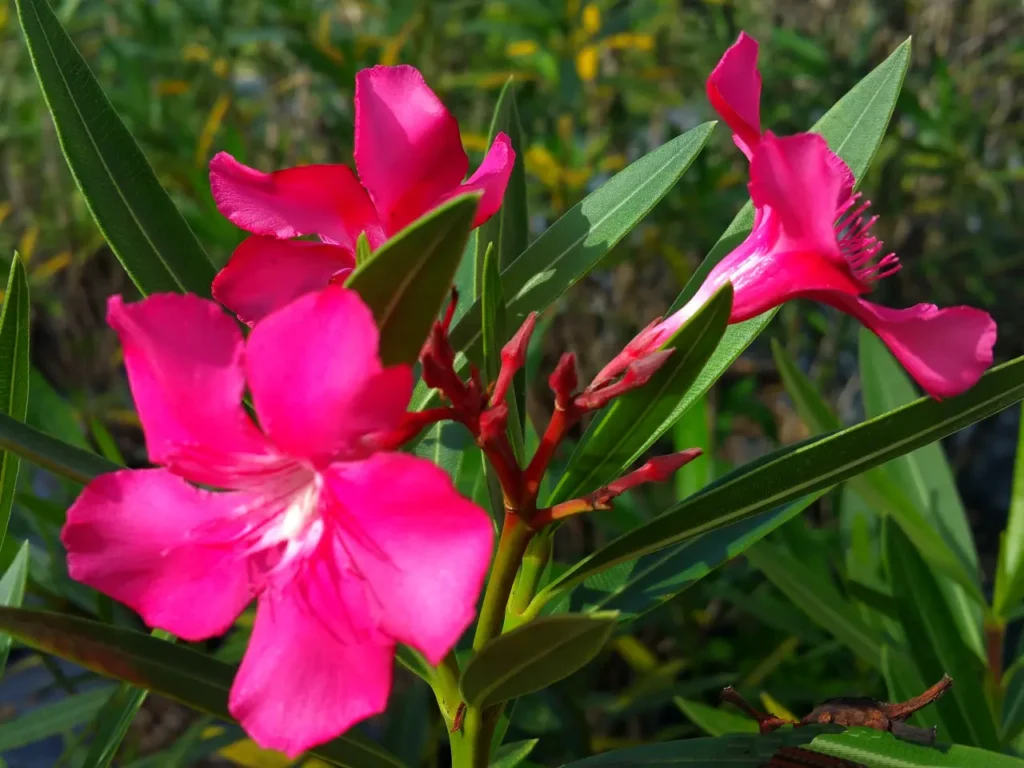
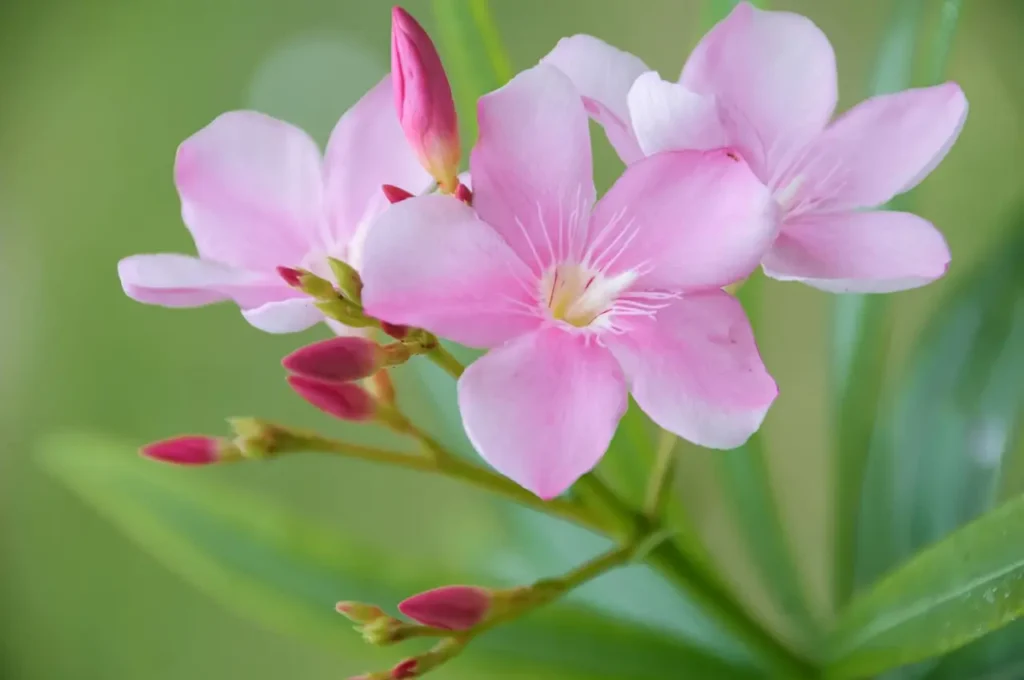
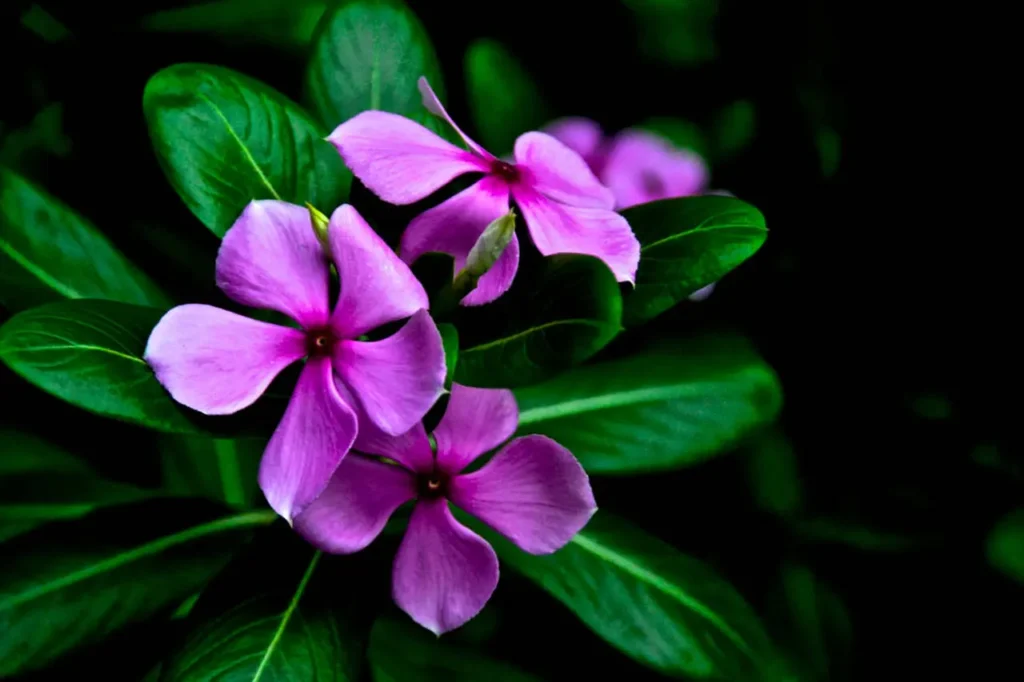
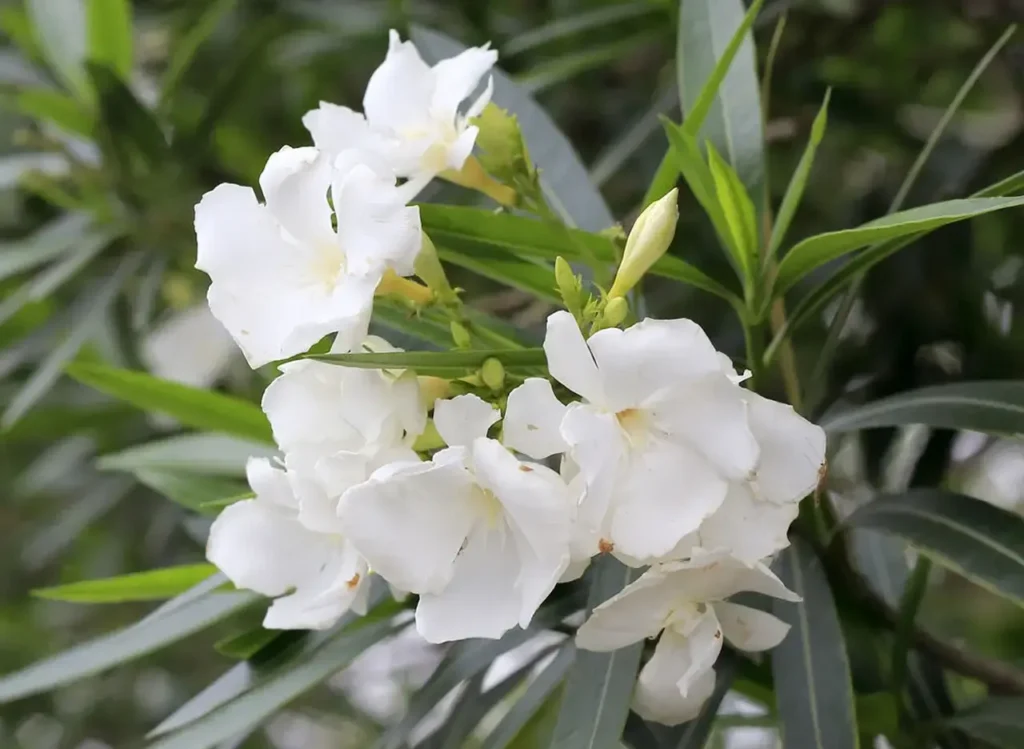
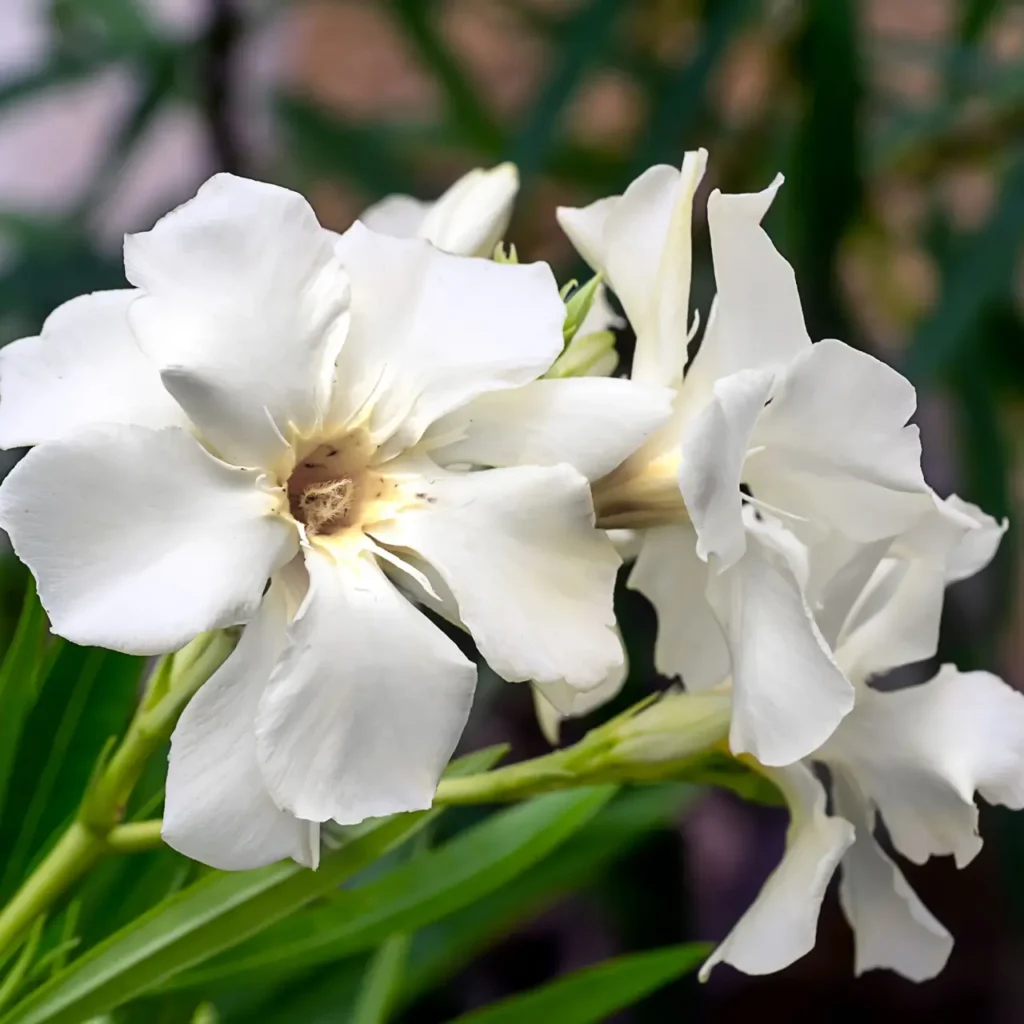
The Oleander flower’s striking beauty, fragrance, and remarkable resilience make it a captivating addition to any garden or landscape. Its vibrant blooms and glossy foliage create a visually stunning display, while its ability to withstand challenging conditions adds a sense of admiration for its tenacity. By appreciating the Oleander’s allure and understanding the precautions needed when cultivating it, we can enjoy its beauty while ensuring the safety of those around it.
